Optimal Timing for Fire Restorations
Fire restorations are typically most effective when performed promptly after a fire incident. The ideal timing depends on factors such as weather conditions, structural stability, and access to the affected area. Early intervention can minimize damage and reduce restoration costs.
Restoring fire-damaged properties as soon as possible helps prevent further deterioration and mold growth.
Dry and mild weather supports faster and safer restoration processes, reducing delays caused by rain or humidity.
Assessing and addressing structural integrity early ensures safety and enables effective restoration work.
Spring and fall often provide favorable conditions for fire restoration due to moderate weather and lower humidity.

Ways to make Fire Restorations work in tight or awkward layouts.

Popular materials for Fire Restorations and why they hold up over time.

Simple add-ons that improve Fire Restorations without blowing the budget.
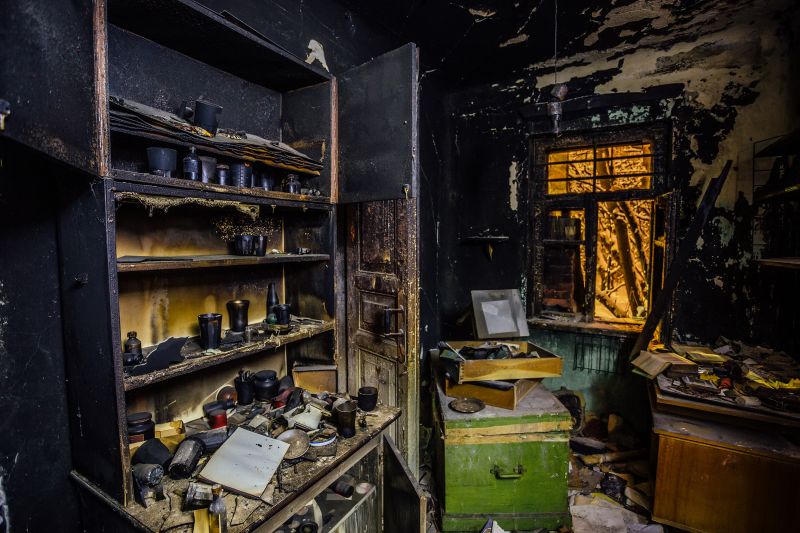
High-end options that actually feel worth it for Fire Restorations.
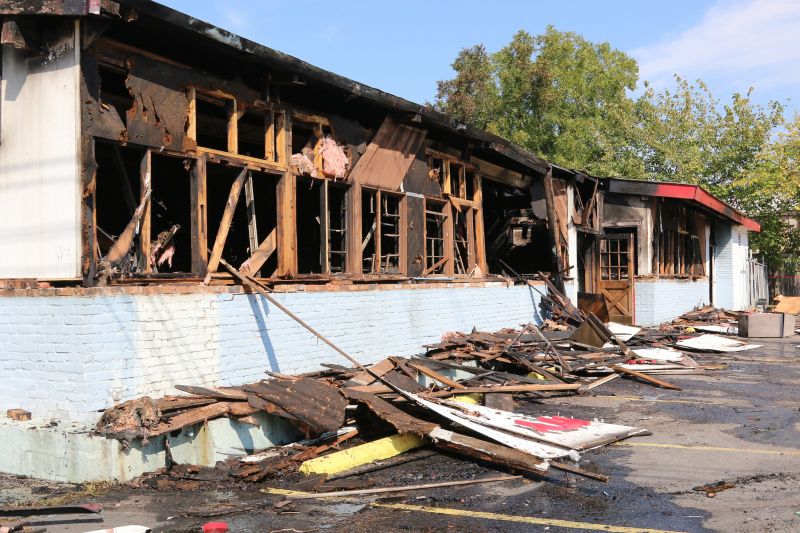
Finishes and colors that play nicely with Fire Restorations.
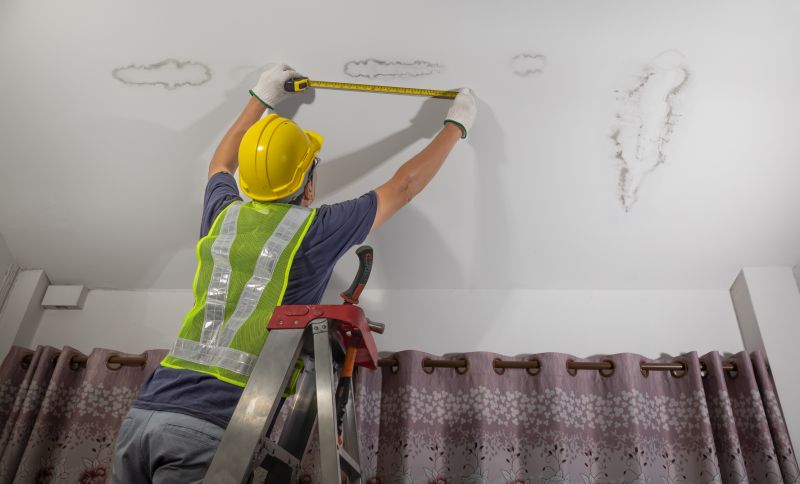
Little measurements that prevent headaches on Fire Restorations day.
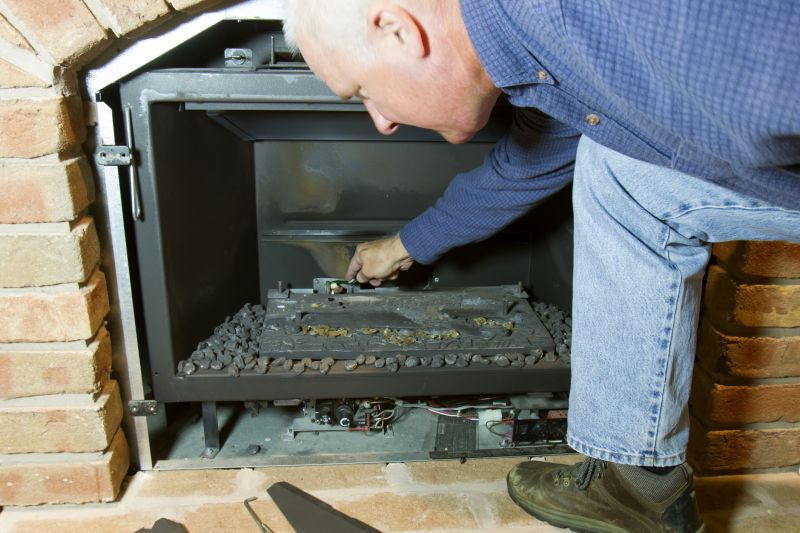
A 60-second routine that keeps Fire Restorations looking new.
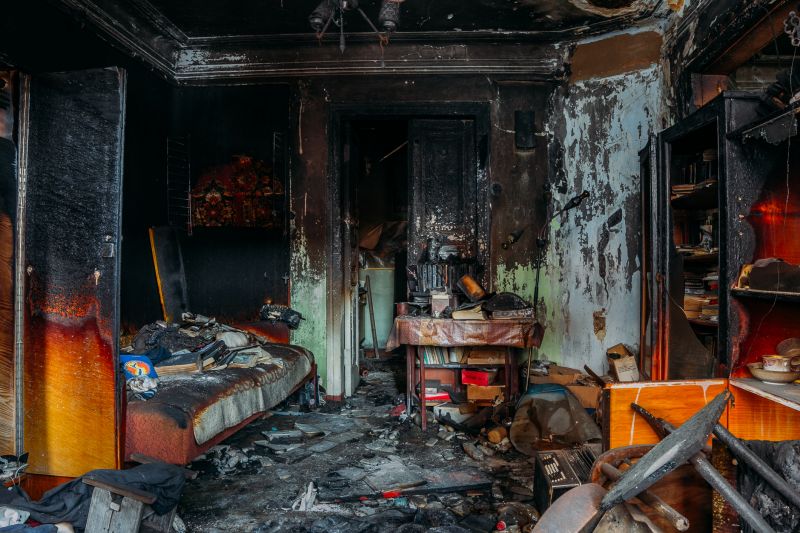
A frequent mistake in Fire Restorations and how to dodge it.
| Factor | Impact on Fire Restorations |
|---|---|
| Weather Conditions | Affects timing and safety of restoration work. |
| Structural Damage | Determines the scope and urgency of repairs. |
| Access to Site | Impacts the speed of debris removal and repairs. |
| Availability of Resources | Influences scheduling and completion time. |
| Fire Severity | Higher severity may require more extensive work. |
| Seasonal Climate | Moderate seasons facilitate faster restoration. |
| Property Use | Occupied properties may need coordinated planning. |
| Regulatory Requirements | Compliance can affect project timelines. |
Fire restorations involve a comprehensive process that addresses damage caused by heat, smoke, and water used during firefighting. Proper timing ensures the mitigation of secondary damages such as mold, corrosion, and structural weakening. The process typically begins with assessment and cleanup, followed by stabilization, repair, and final cleaning. Prompt action can significantly reduce long-term costs and restore safety and functionality.

Small tweaks to make Fire Restorations safer and easier to use.
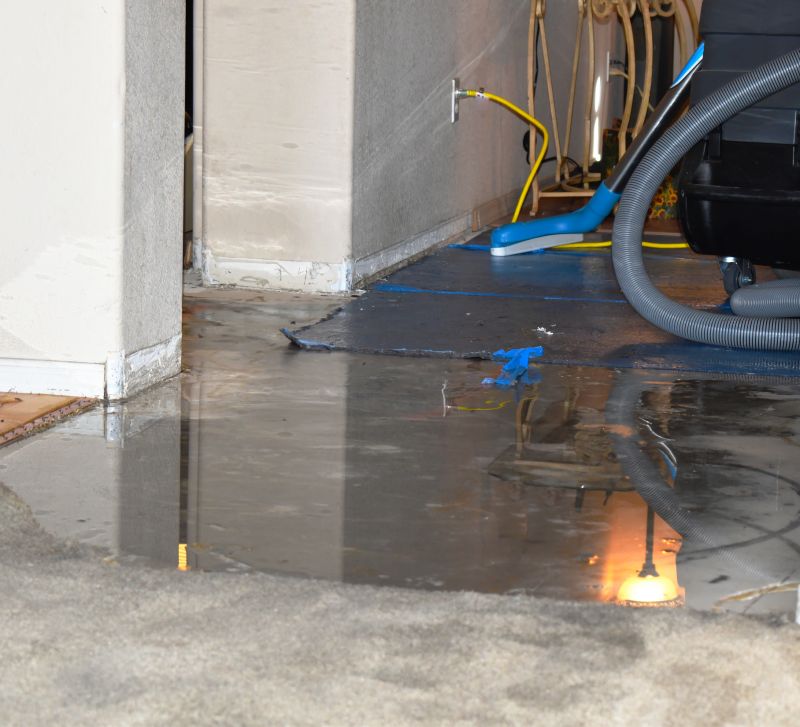
Lower-waste or water-saving choices for Fire Restorations.
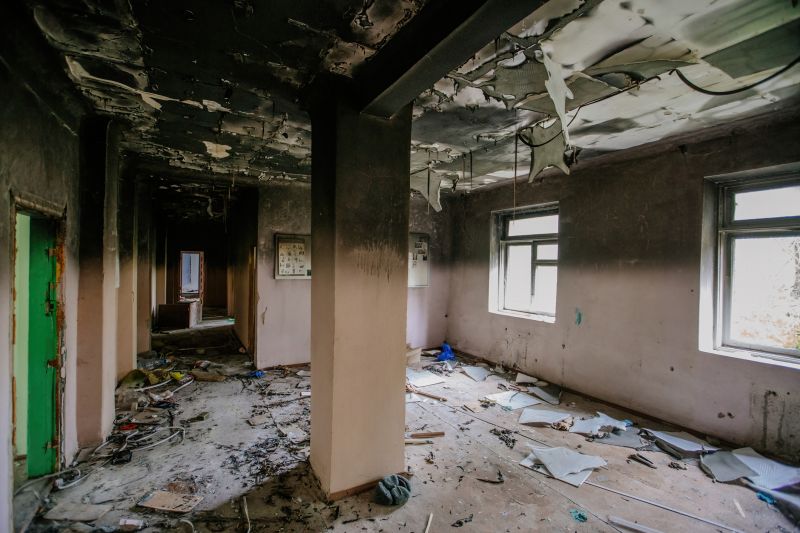
The short, realistic tool list for quality Fire Restorations.
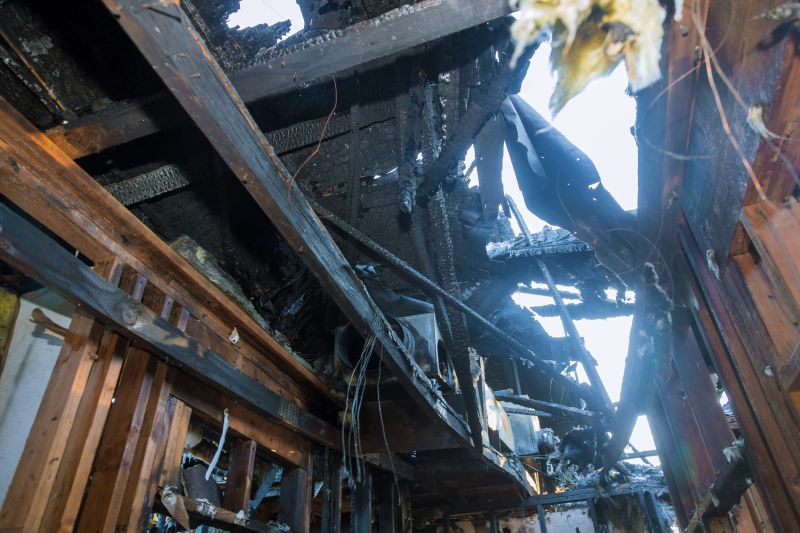
Rough timing from prep to clean-up for Fire Restorations.
Interested property owners or managers should consider scheduling fire restoration services promptly after a fire incident. Timely intervention can help mitigate extensive damages and restore property safety and usability efficiently. For further information or to initiate a consultation, contact the relevant restoration professionals.
